Here's the project in bullet points.
- A processor heavily inspired by the PDP-8.
- 16-bit word length without byte-addressable memory.
- Very basic instruction set, though much less basic than the PDP-8's — since we don't use core memory, the instruction set's defining decisions would be very different anyway.
- Accumulator architecture with a Page Zero emulating registers, like the 6502 or PDP-8.
- PDP8-style ‘microcoded’ instructions, which allow many small instructions in one, keeping the instruction set small but very flexible.
- Microcoded design. (in the modern definition of the term)
- 16-bit address space. A 2013 upgrade gave it a 21-bit paged address space. The 2019 architecture changes bring us to 24 bits of memory with 65C816-like bank registers.
- Interrupt support with a single interrupt. An expansion board increases this to 8.
- Front-panel support.
- Nearly all implemented with 74xxx ICs like those found in the Sixties and Seventies.
- A very simple operating system with basic abstraction and little else.
- A dialect of Forth is used as a combination OS shell and programming language.
- A retro logo.
- Hundreds of pages of documentation that nobody's ever going to read.
 Alexios C
Alexios C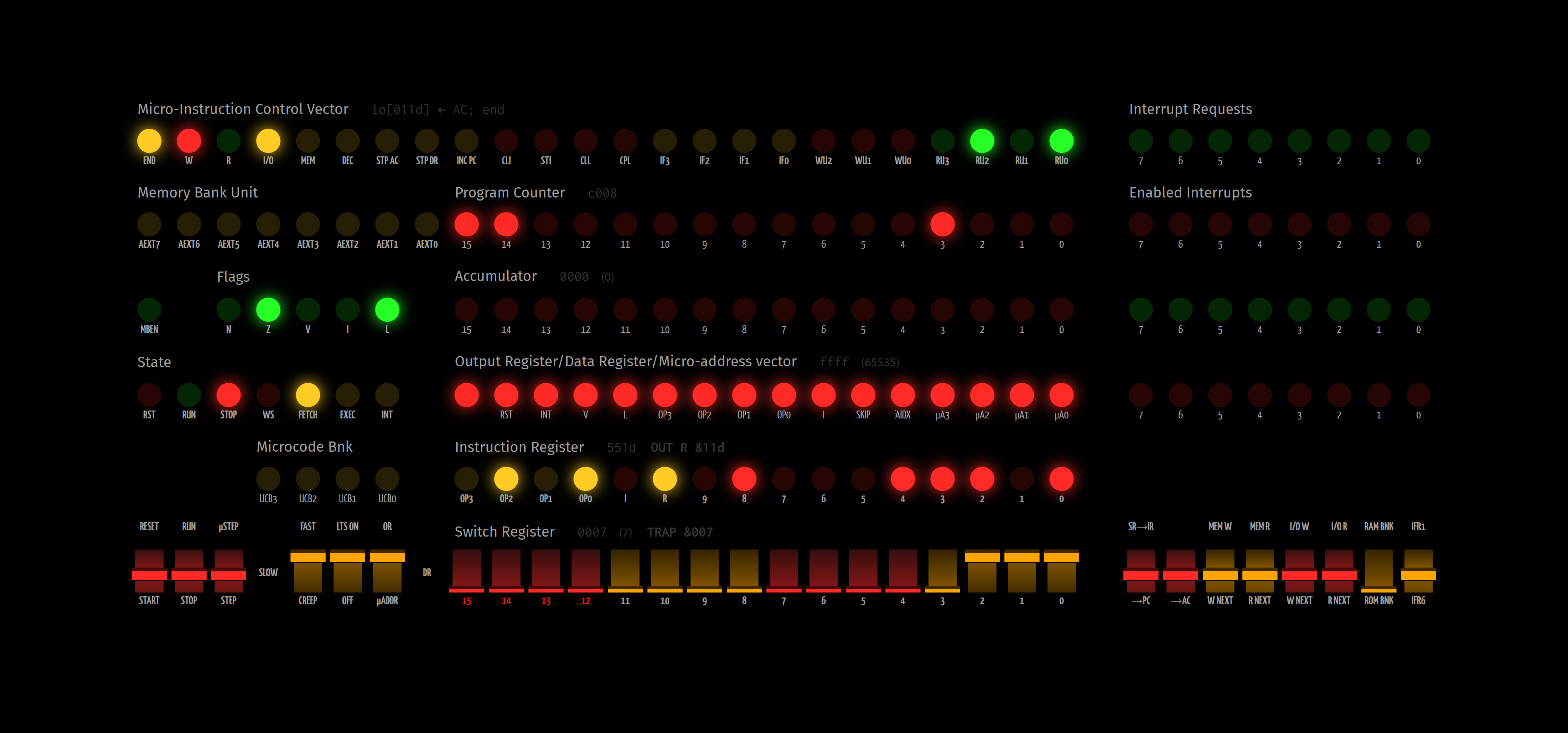


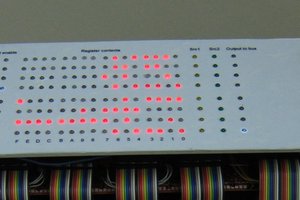
 Pavel
Pavel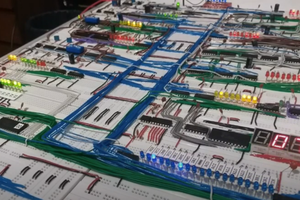
 Fábio Gil
Fábio Gil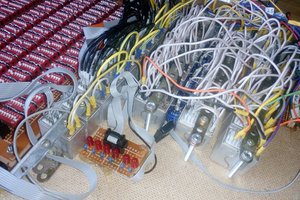
 Alexander
Alexander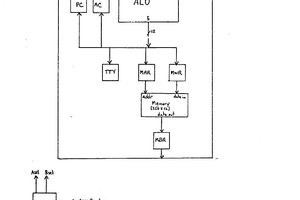
Wow! I want one!!